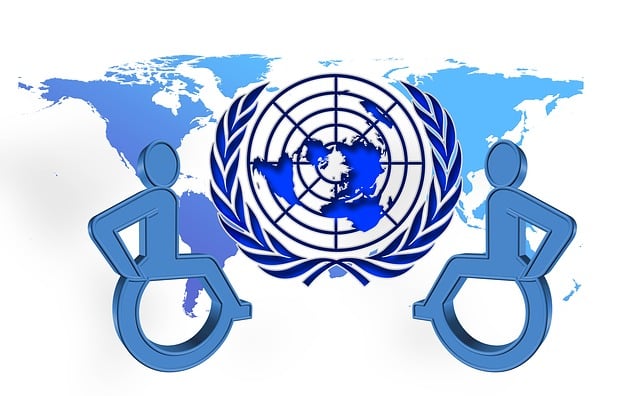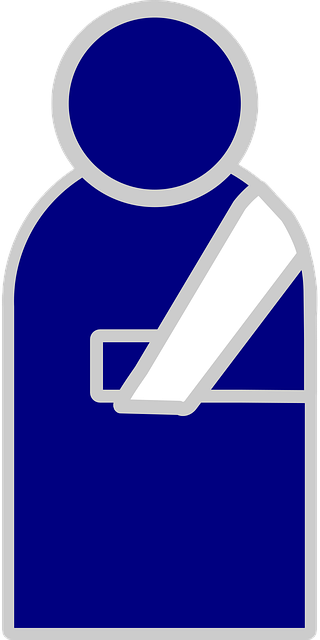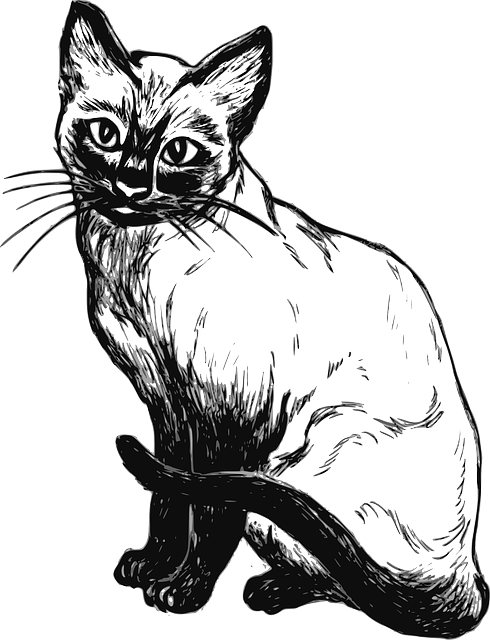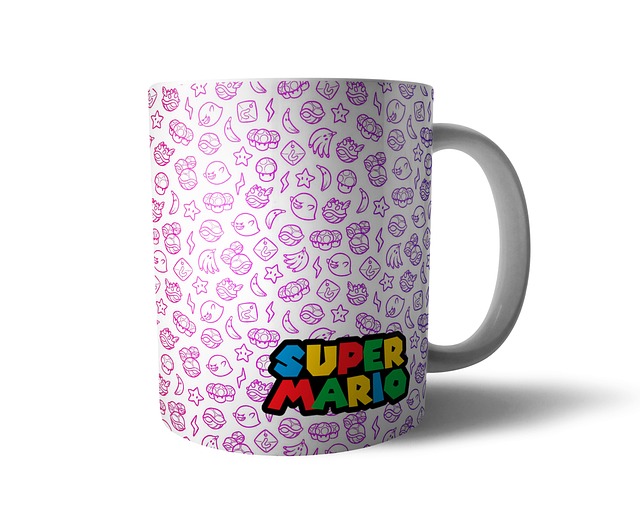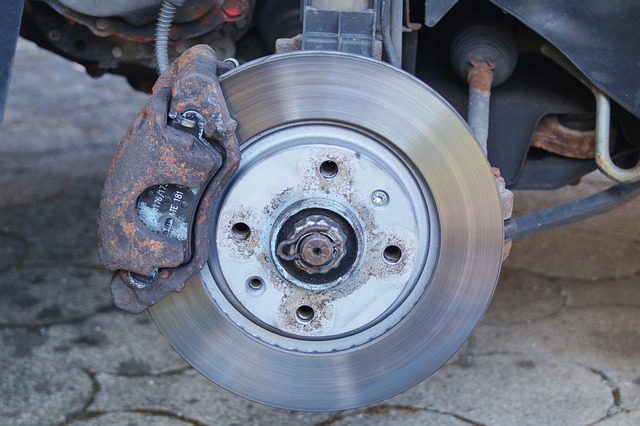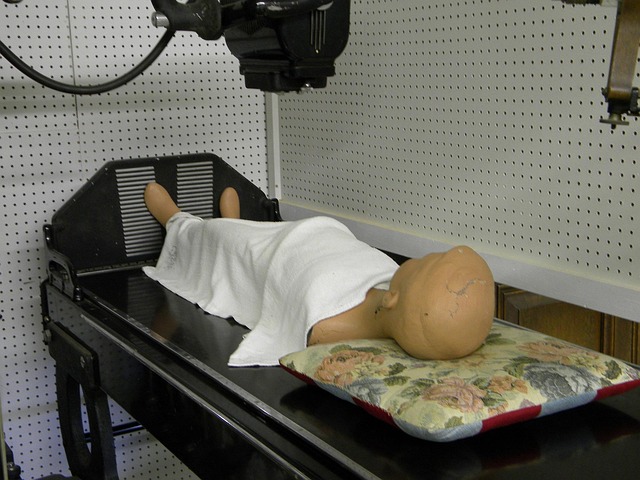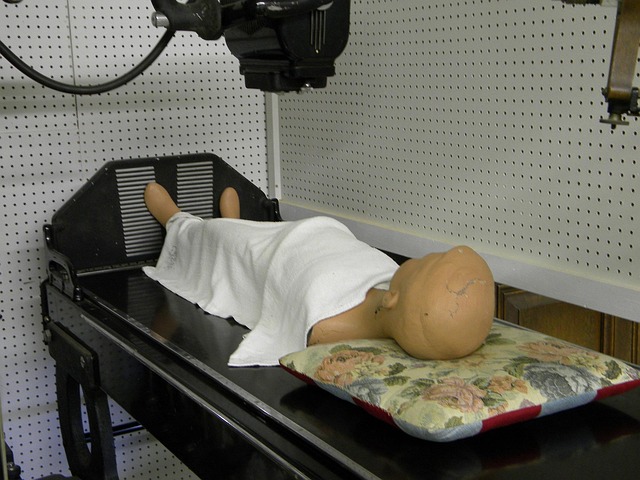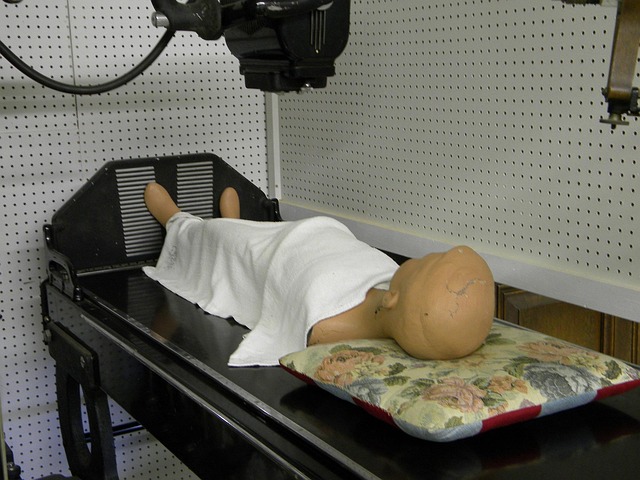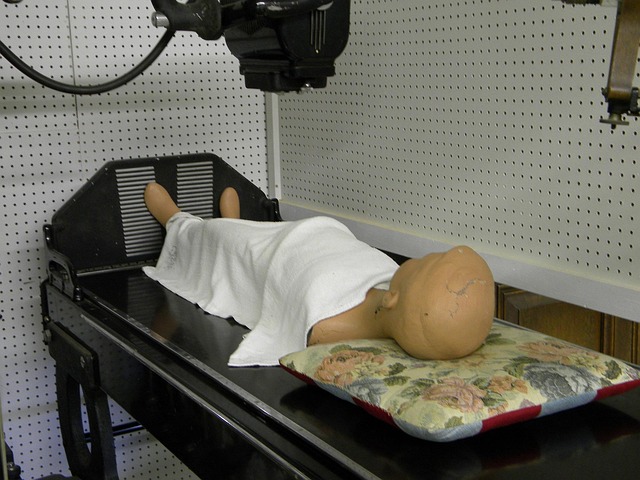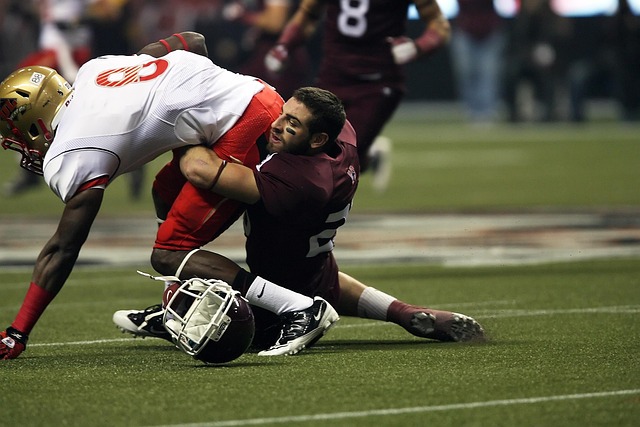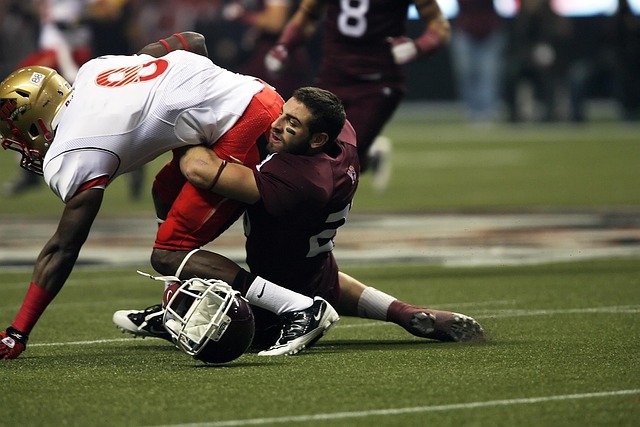Chiropractic treatment for concussion injury provides a non-invasive, drug-free solution for managing headaches stemming from traumatic brain injuries. Through spinal adjustments and mobility techniques, chiropractors target nerve irritation, enhancing brain-body communication to reduce pain and inflammation associated with concussions. This gentle approach helps restore structural integrity and brain function, offering long-lasting relief from post-traumatic headaches.
Headaches are a common and often debilitating symptom following traumatic brain injury (TBI), affecting a significant number of individuals. This article explores effective strategies for managing these post-traumatic headaches, with a focus on non-invasive treatments. We delve into the potential of chiropractic care as a natural approach to concussion management, specifically examining manual therapy techniques proven beneficial for TBI patients. Additionally, we present various non-pharmaceutical pain management methods.
- Understanding Chiropractic Care for Concussions
- The Role of Manual Therapy in Recovery
- Non-Invasive Approaches to Pain Management
Understanding Chiropractic Care for Concussions
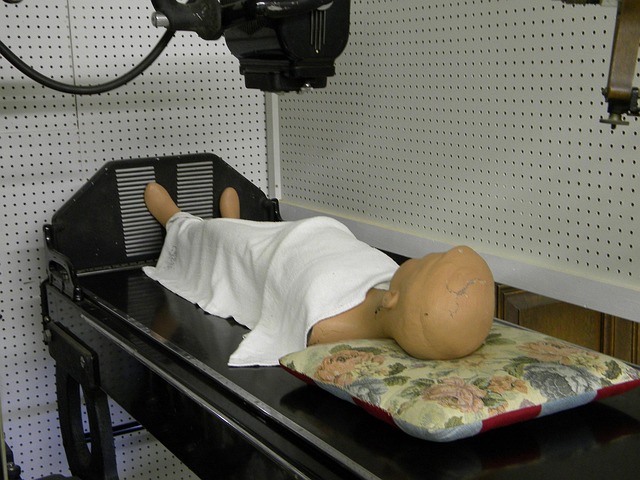
Chiropractic care has emerged as a valuable approach in managing headaches resulting from traumatic brain injuries, particularly concussions. This alternative treatment focuses on the manipulation and adjustment of the spine, aiming to improve overall nervous system function. For individuals with post-concussion headaches, chiropractic care offers a non-invasive and drug-free solution.
Chiropractic practitioners specializing in sports medicine or neurology are trained to assess and treat concussion injuries. They employ various techniques, such as spinal adjustments, soft tissue therapy, and specific exercises, to alleviate pain and reduce inflammation associated with concussions. By addressing the underlying structural issues in the neck and head, chiropractic treatment for concussion injury can help restore proper brain function and alleviate persistent headaches.
The Role of Manual Therapy in Recovery
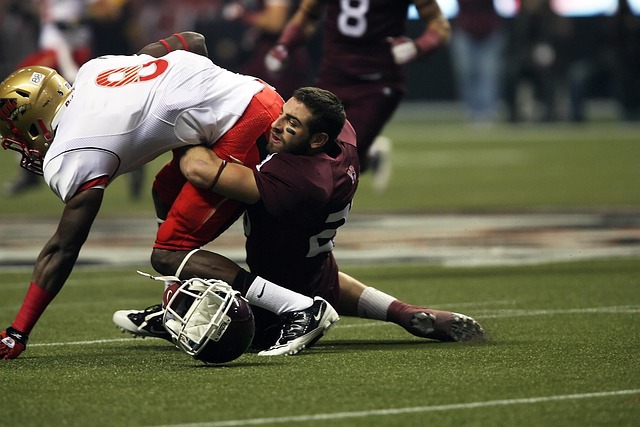
Manual therapy, especially chiropractic care, plays a significant role in the recovery process from traumatic brain injuries, including concussions. This non-invasive approach has gained recognition for its effectiveness in managing post-traumatic headaches and improving overall neurological function. Chiropractic treatments focus on adjusting and mobilizing the spine to reduce nerve irritation and improve communication between the brain and body.
For individuals with concussion-related headaches, chiropractic care offers a gentle yet powerful tool to promote healing. Chiropractors use specialized techniques to address spinal misalignments caused by the initial impact or subsequent compensatory movements. By restoring proper alignment, they aim to alleviate pressure on nerves and blood vessels, reducing headache frequency and intensity. This form of manual therapy is particularly beneficial as it can provide long-lasting relief without the need for strong medications, which may have side effects.
Non-Invasive Approaches to Pain Management
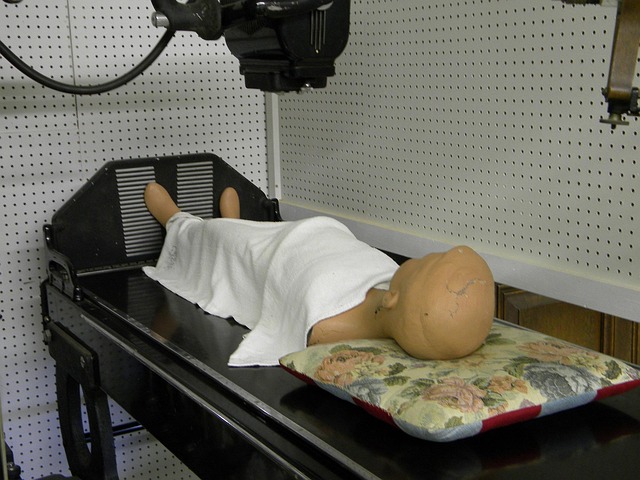
Non-invasive approaches, such as chiropractic treatment, have shown promise in managing headaches resulting from traumatic brain injuries (TBI), including concussions. Chiropractic care focuses on adjusting and mobilizing the spine to reduce pressure and improve nerve function. For individuals with post-traumatic headaches, this gentle manipulation can offer significant relief without the need for medications or more invasive procedures.
One specific technique gaining attention is spinal manipulation therapy, often provided by chiropractors, which has been studied for its effectiveness in treating primary headache disorders. Research suggests that this method can help alleviate pain and reduce the frequency of headaches associated with concussion injuries, providing a safe and natural way to manage symptoms and improve overall well-being.
Chiropractic care offers a promising non-invasive approach to managing headaches resulting from traumatic brain injuries, particularly concussions. Combining manual therapy with tailored treatments can significantly contribute to an individual’s recovery process by reducing pain and improving overall well-being. This holistic method, focusing on the body’s natural healing capabilities, provides an effective alternative for those seeking relief from post-concussion symptoms, including persistent headaches. By understanding and utilizing chiropractic treatment for concussion injuries, patients can navigate their recovery journey with enhanced comfort and a faster return to daily activities.

